A recent study by Kacholi, D. S. (2024) titled “Medicinal plants used for dermatological disorders among the Nyamwezi community in Tabora region, Tanzania” published in Ethnobotany Research and Applications, examine that the Nyamwezi community uses a variety of medicinal plants to treat skin disorders
“
The Nyamwezi community effectively uses traditional medicinal plants to treat various skin disorders, preserving cultural knowledge.– Kacholi, D. S. 2024
This article delves into the medicinal plants employed by the Nyamwezi community in Tanzania’s Tabora region to treat dermatological conditions. It provides an understanding of how the Nyamwezi people utilize indigenous plants for skin-related health concerns, including a detailed list of specific plants along with their medicinal properties. Additionally, the article describes traditional methods of preparing and applying these plants for therapeutic purposes, emphasizing the cultural significance of these practices within the community.
How the Study was Conducted
The author visits the community to collect plant samples and observe their natural habitats. Engaging with local healers and knowledgeable community members to gather information on the plants used, preparation methods, and application techniques. The author records the traditional knowledge, including the names of plants, parts used, and specific ailments treated. The author analyzes the collected plant samples to identify their chemical constituents and potential medicinal properties. In addition, the study compiles and analyzes the data to draw conclusions about the efficacy and cultural significance of the medicinal plants.
What the Author Found
The author found that the Nyamwezi community uses a variety of medicinal plants to treat skin disorders, and the community relies heavily on traditional knowledge passed down through generations for identifying and using these plants. The study also found that many of these plants have shown effectiveness in treating various dermatological conditions.
Why is this Important
Preservation of Traditional Knowledge: Documenting the traditional use of medicinal plants helps preserve valuable cultural knowledge that might otherwise be lost over time.
Biodiversity Conservation: Highlighting the medicinal value of local plants can promote efforts to conserve these species and their natural habitats, which are often threatened by environmental changes and human activities.
Healthcare Access: For communities with limited access to modern healthcare, traditional medicine provides an essential and accessible means of treating health issues.
Scientific Research: The study can serve as a basis for further scientific research to validate the efficacy of these plants and potentially develop new treatments based on traditional remedies.
Cultural Significance: Understanding and respecting the cultural practices of the Nyamwezi community fosters greater appreciation and support for their way of life.
What the Author Recommended
- The author emphasized the need to conserve medicinal plants and their natural habitats to ensure their availability for future generations.
- Encouraging more scientific research to validate the medicinal properties of the plants and explore their potential for developing new treatments.
- The author highlights the importance of documenting traditional knowledge and practices to preserve cultural heritage and support the community’s healthcare practices.
- The study recommends educational programs to raise awareness within the community about sustainable harvesting practices and the importance of biodiversity conservation.
- In addition, the author suggesting ways to integrate traditional medicine with modern healthcare systems to provide more comprehensive and accessible healthcare solutions.
In conclusion, the study by Kacholi D. S. underscores the profound significance of the Nyamwezi community’s traditional knowledge in utilizing medicinal plants for dermatological disorders. By documenting these practices, the research not only preserves invaluable cultural heritage but also highlights the potential of these natural remedies in modern healthcare. The findings advocate for the conservation of biodiversity and the sustainable use of medicinal plants, ensuring that this traditional wisdom continues to benefit future generations while opening new avenues for scientific exploration and healthcare innovation.



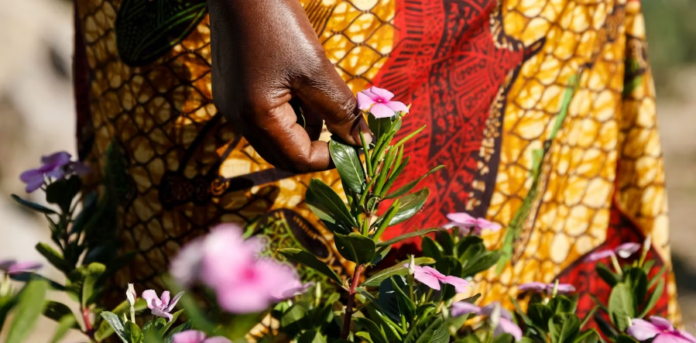



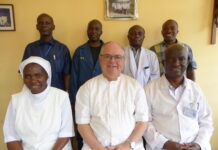

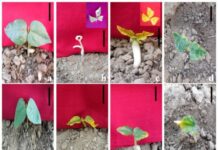
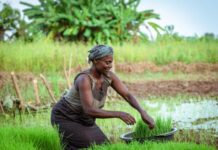



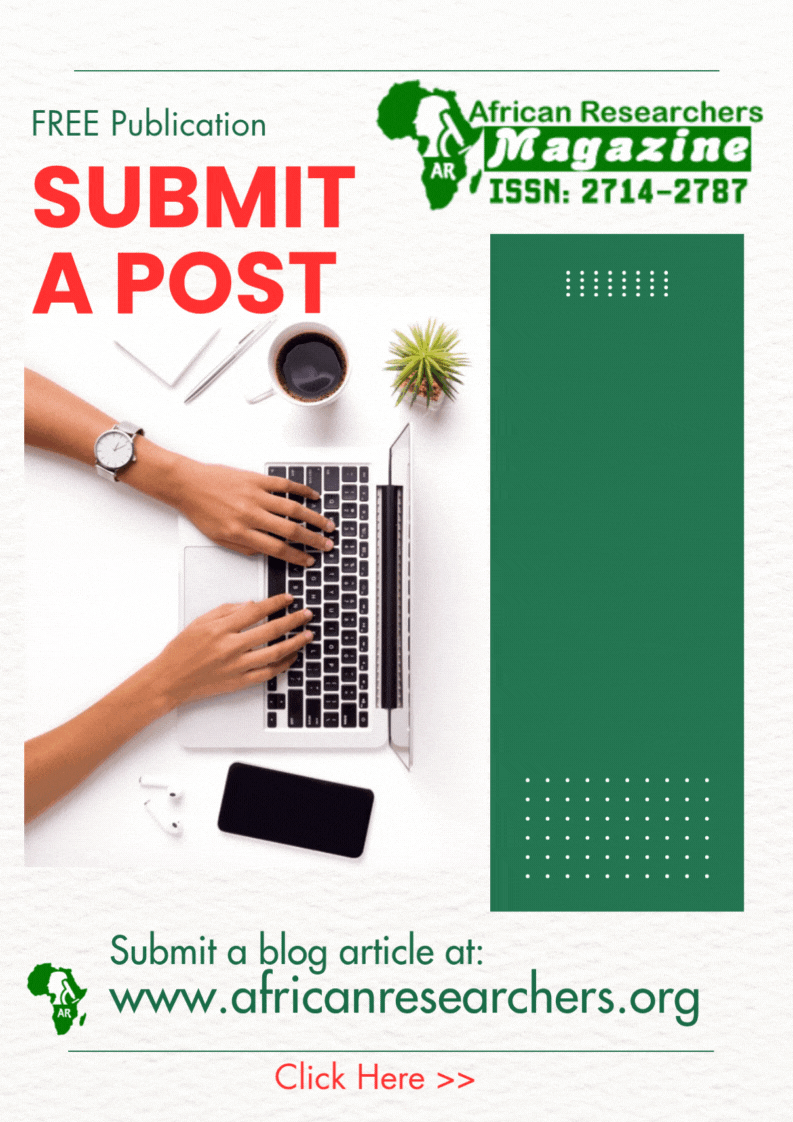

 The African Research (AR) Index is a comprehensive scholarly directory and database focused explicitly on journal publishers that publish and disseminate African research.
The African Research (AR) Index is a comprehensive scholarly directory and database focused explicitly on journal publishers that publish and disseminate African research.

